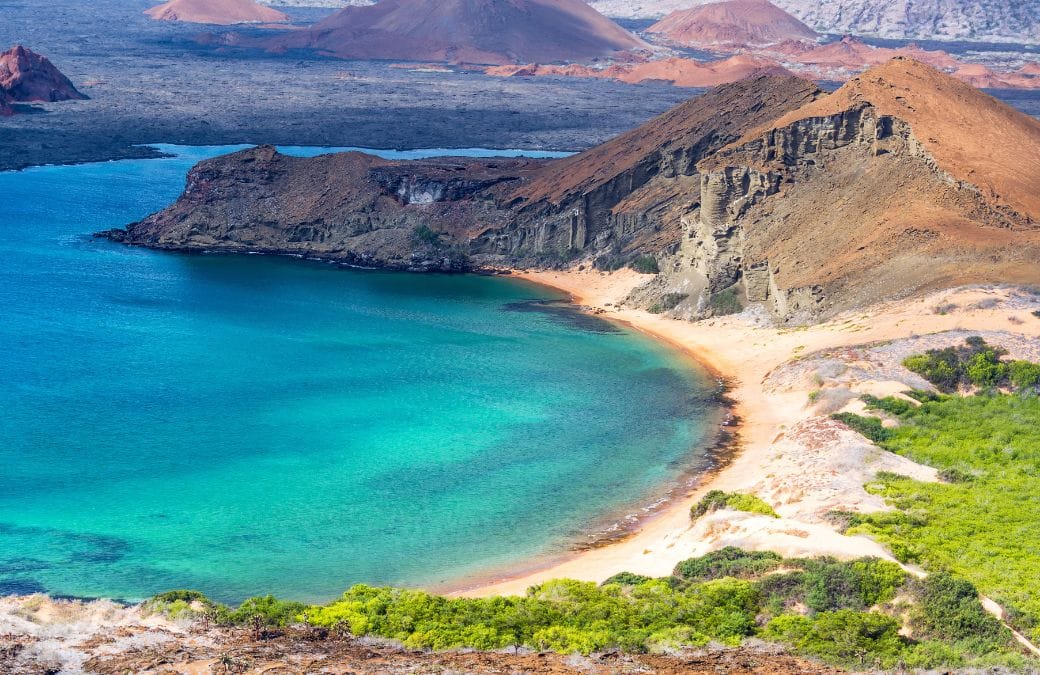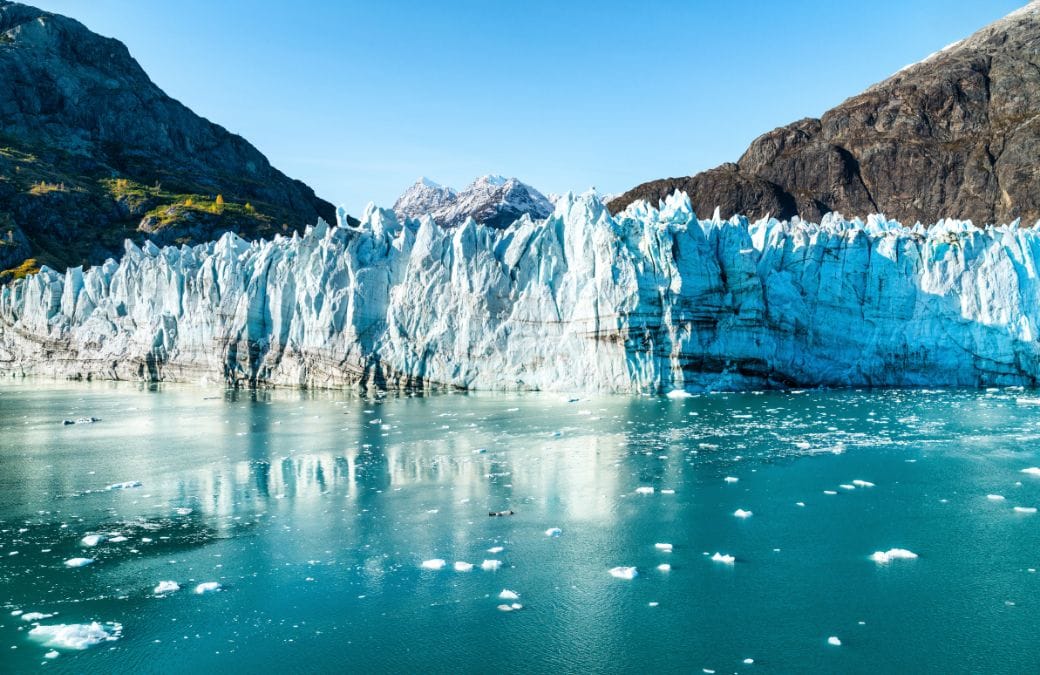Expedition Voyages Taking British Travellers Off the Map
The world of cruising has moved far beyond buffet-laden megaships. Today’s hottest tickets are expedition voyages – purpose-built, ice-strengthened or tropical-ready vessels that reach places ordinary ships simply cannot. From penguin-dotted ice shelves to coral-ringed atolls, these adventures promise real exploration wrapped in hotel-level comfort. No wonder demand from the UK is soaring: the Expedition Cruise Network (ECN) says 67 per cent of its member lines saw a rise in British bookings in the first half of 2024, with some describing the UK as their fastest-growing market.
Why expeditions are booming
- Bucket-list appeal – Eight in ten travellers agree that the primary driver is a once-in-a-lifetime destination.
- Wildlife front-row seats – Zodiac boats, kayaking and citizen-science projects let guests observe polar bears, blue-footed boobies or whale sharks without the crowds.
- Small-ship luxury – The global fleet of high-end expedition vessels has tripled since 2010, and passenger numbers jumped 22 per cent between 2023 and 2024.
What makes an expedition cruise different?
Expedition ships typically carry 50–200 guests – tiny by ocean-cruise standards – which allows them to enter fjords, remote bays or shallow reefs. Onboard you will find a team of scientists and photographers, gear rooms for boots and paddles, and lecture theatres instead of casinos. Days revolve around time ashore or on the water, with the itinerary shaped by wind, ice or wildlife sightings. Evenings bring relaxed fine dining and expert talks that make sense of the day’s discoveries.

2025’s headline destinations
Antarctic Peninsula & South Georgia
Season: November – March
Typical Voyage Length: 10-14 Nights
Still the number-one dream destination, chosen by 72 per cent of travellers. Expect young penguin chicks in January or spectacular sunsets in March.
Svalbard & Greenland
Season: May – September
Typical Voyage Length: 7-12 Nights
Arctic ice is opening earlier each spring, while new runways in Ilulissat and Nuuk improve access. Polar bears, walrus and dazzling fjords await.
Norwegian Fjords & North Cape
Season: All Year
Typical Voyage Length: 6-11 Nights
Choose a hybrid-powered yacht to glide under the Midnight Sun or hunt the Northern Lights in winter. Scenic’s Eclipse ships even carry a mini-submarine and two helicopters.
Galápagos Islands
Season: All Year
Typical Voyage Length: 7 Nights
Year-round wildlife, strict visitor quotas and brand-new yachts make these isles a perennial favourite (second only to Antarctica at 60 per cent traveller preference).
Remote Warm Waters – Indonesia, Seychelles, Pacific Isles
Season: Varies
Typical Voyage Length: 8-14 Nights
ECN records a 60 per cent jump in interest for tropical expeditions, from Raja Ampat’s reefs to the Marquesas’ volcanic peaks.

Life on board: comfort meets curiosity
Modern expedition ships feel more boutique hotel than research base. Expect:
- Enrichment: marine biologists, ornithologists, historians and professional photographers who join landings, dine with guests and give nightly recaps.
- Spacious suites with private balconies and binoculars at the ready.
- Fine dining featuring regional produce – think Arctic char in Svalbard or Ecuadorian cacao desserts in the Galápagos.
- Wellness spaces such as saunas with glacier views or top-deck hot tubs ideally situated for aurora watching.

How much will it cost?
The average seven-night expedition cruise now sits around £7,300 per person, though prices range from a two-night Indian river taster at £500 to a month-long Ross Sea odyssey at £48,000. Remember that fares usually include guided excursions, specialist kit, park permits and often drinks, Wi-Fi and tips – elements that balloon the bill on traditional ships.
Booking trends and timing
CLIA’s latest report shows travellers are reserving cruises earlier than ever, with nearly half intending to take a longer voyage than last year. Expedition cabins, especially solo and entry-level categories, sell out fast because ships are small. Aim to book 10–18 months ahead for popular windows such as the Antarctic high-summer or Arctic June flower season.
Five tips for first-time explorers
- Choose your ship size wisely – Fewer than 100 guests in Antarctica means everyone can land at once under treaty rules, maximising shore time.
- Check the activity roster – Not all lines offer kayaking, paddle boards or citizen-science labs.
- Assess sustainability credentials – Look for hybrid engines, low-sulphur fuel and partnerships with research bodies.
- Invest in insurance – Expedition routes are remote, so medical and evacuation cover is essential.
- Pack layers, not bulk – Weather can swing from sunshine to sleet in hours. Merino base-layers, a good waterproof shell and boat-safe footwear are priceless, while ships supply parkas and boots on polar routes.
Expedition myths – busted
“It’s only for extreme adventurers.” Modern yachts blend five-star service with flexible excursion levels. If you can manage a gentle beach landing, you can join an expedition cruise.
“I’ll feel cut off from the world.” New low-orbit satellites keep you connected even at 80° South, though many guests relish putting phones on flight mode.
“Conditions are bleak.” Heated bathroom floors, sommeliers and spa therapists are standard on luxury lines. The adventure lies outside the ship, not inside.
Ready to push beyond the horizon?
Whether you dream of stepping onto Antarctic ice, snorkelling with sea lions off Española or cruising beneath Norway’s jagged peaks, an expedition voyage delivers stories you will share for years. Speak to your local Spear Travels Group consultant and let us chart a route to the edge of the map – where comfort and true exploration sail side by side.

Ready to embark on your next adventure?
Contact us today to start planning your dream holiday!

